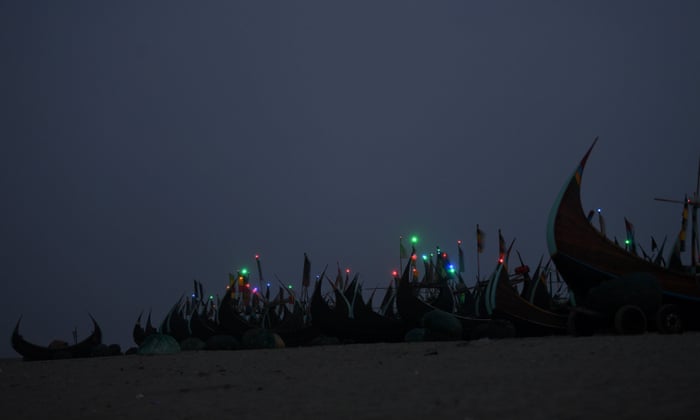
Night lights shine on fishing boats on the shore near Shamlapur Rohingya refugee camp, Bangladesh: photo by Clodagh Kilcoyne / Reuters, 15 June 2018
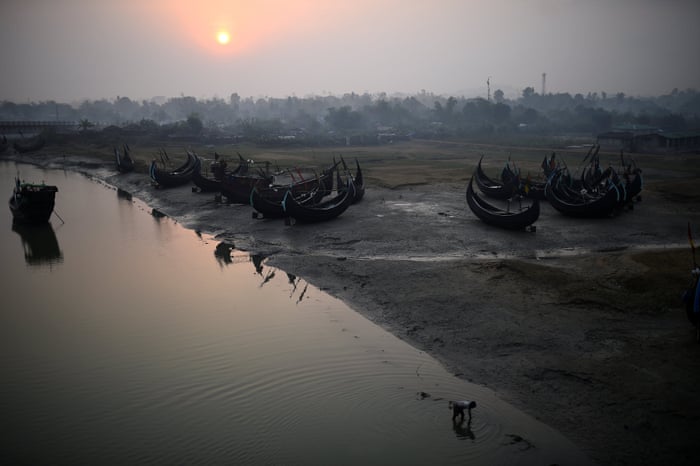
A Rohingya refugee works in the water at dawn beside fishing boats in Shamlapur refugee camp, Bangladesh: photo by Clodagh Kilcoyne / Reuters, 15 June 2018
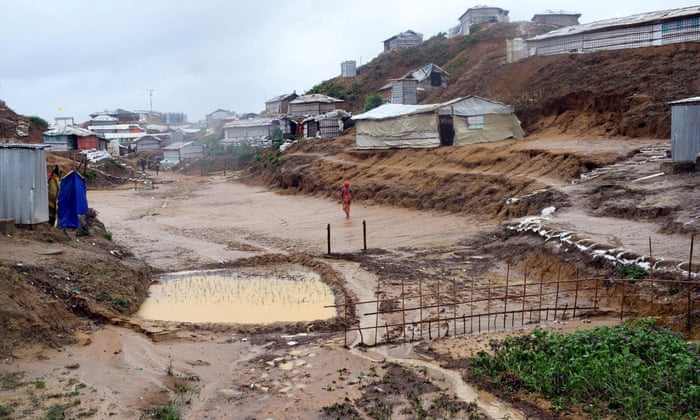
The Kutupalong refugee camp is seen after a storm, in Cox’s Bazar: photo by handout/Reuters, 12 June 2018
Three Rohingya refugees killed as monsoon rains hit Cox's Bazar: At
least three Rohingya refugees have died and more have been made
homeless after lethal mudslides in camps in Bangladesh: Hannah
Ellis-Petersen and Shaikh Azizur Rahman, The Guardian, 12 June 2018
At least three three Rohingya refugees have died in Cox’s Bazar after extreme monsoon rains hit the refugee camps causing lethal mudslides.
A 3-year-old Rohingya boy died and his mother was injured when the
mud walls of their house in Kutupalong settlement collapsed while they
were sleeping. Two Rohingya refugees were killed in Balukhali camp.
Mohammad Ali, 20, died after he was crushed by an uprooted tree on
Tuesday morning, while a Rohingya woman died after she was crushed in
her shack when the rain triggered a landslide.
Over the weekend the Bangladeshi region received more than a third of
the rainfall it typically receives during the entire monsoon period,
damaging thousands of tents and leaving several refugees homeless.
After his shack at the bottom of a hill in Balukhali camp was
destroyed on Monday, Jafor Alom was living under a makeshift tarpaulin,
along with his wife and three children. “It’s only the beginning of the
monsoon,” said Alom. “I cannot understand how we will live in this
tent-like place for next two or three months when it is likely to rain
heavily again. It’s a very bad timing with the Eid [Eid al-Fitr] being a
few days away. We are in dire miseries. We cannot celebrate the biggest
[Muslim] festival this time at all.”
Rohingya refugee Jamal Hossain said that he has been homeless since a landslide destroyed his house in Balukhali camp on Monday. Having arrived in Cox’s Bazar from Myanmar last September when most land had been taken, his family had been no choice but to erect their tent on a hill.
“With my four children and wife now I have taken shelter in a
relative’s hut in a neighbouring camp. I don’t know where and how I will
build my next shack,” said Hossain.
“I have no money to build a new
shack. I also don’t know where I will get land. I am really anxious
after turning homeless this way.”
Noor Hossain, a local Rohingya reporter, told the Guardian at least
500 refugees had been injured after their shacks collapsed in the heavy
rain.
Over
the past few months there has been mounting apprehension about the
impact the rains would have on the makeshift camps, which are home to
almost a million refugees.
There have been 37 landslides so far and agencies are scrambling to
move those families in vulnerable areas before there are more
casualties. In the Kutapalong settlement, 22 families, totalling 81
people, have been relocated in the past few days.
Bangladesh’s refugee relief and rehabilitation commissioner, Mohammad Abul Kalam, said
that 30,000 of the 55,000 vulnerable refugees had been relocated and
that monsoon preparations in the past weeks had already prevented a much
bigger death toll.
Caroline Gluck, a UNHCR spokeswoman on the ground in Cox’s Bazar,
said that almost nonstop rain for the past few days had been challenging
for the refugees and humanitarian agencies.
“Before the rains, we have all been working flat out to make the
settlements as safe as possible – stabilising slopes, reinforcing
pathways, building bridges, and providing stronger, waterproof shelters
for refugees,” said Gluck.
However, she said more flat land was “urgently needed” to relocate families who were in danger from the impact of the rains.
“Our work has helped to prevent many accidents in the settlements,
but we really don’t know what will happen in the future if there is
massive and sustained rainfall.” she said.
“Our fear is more extreme
weather will cause further damage, destruction and potential loss of
life.”
More than 700,000 Rohingya refugees live in Cox’s Bazar, having fled
neighbouring Myanmar over the last year following a campaign of violence
– described by the UN as having “all the hallmarks of genocide” – which
saw tens of thousands killed, houses razed to the ground and women
sexually abused.
Most of the temporary housing in the camps in Cox’s Bazar is brittle,
made from bamboo and tarpaulin, and many of the tents erected on steep
inclines are vulnerable to mudslides.
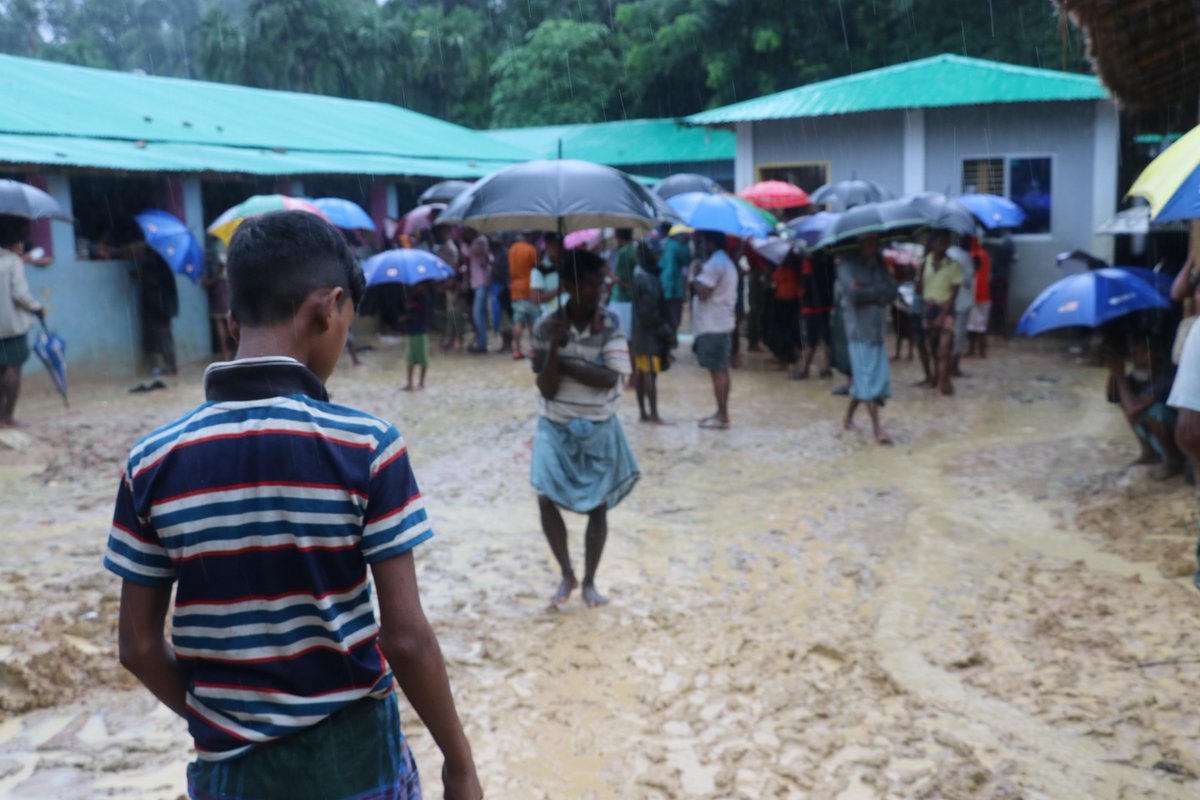
#Bangladesh | Winds and first heavy rains have been pounding the fragile landscape sheltering some 700,000 #Rohingya refugees, causing landslides and flooding. WFP is reaching people with food in this ongoing emergency response.: image via World Food Programme @WFP, 13 June 2018
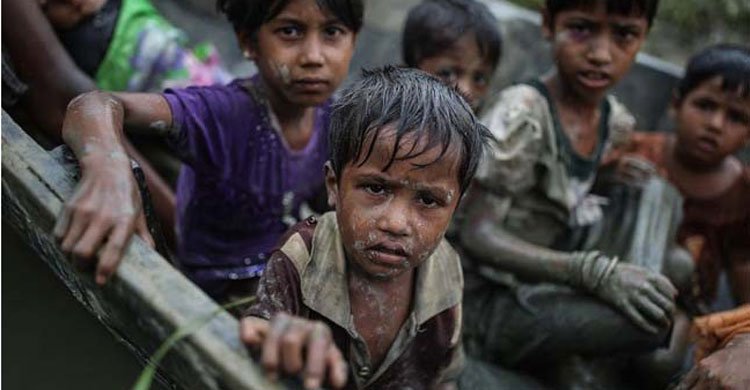
As many as 200,000 of the estimated 700,000 refugees living in squalid, precarious shelters are at risk of the heavy, seasonal rains, according UNHCR... Of these, 25,000 are considered to be "at very high risk."... #Rohingya: image via Nino Fezza @nfcinereporter, 11 June 2018
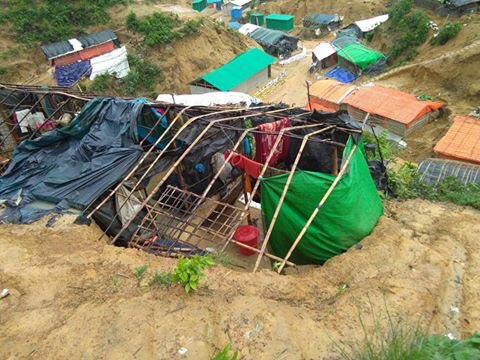
"Just brace ourselves. And pray!" Five consecutive heavy raining days in the world's largest makeshift camps. What Rohingya refugees worried for is happening now before our eyes. Landslides, flood, destroyed shelter #SaveTheRohingya: image via Ro Mayyu Ali @AliMayyu, 12 June 2018
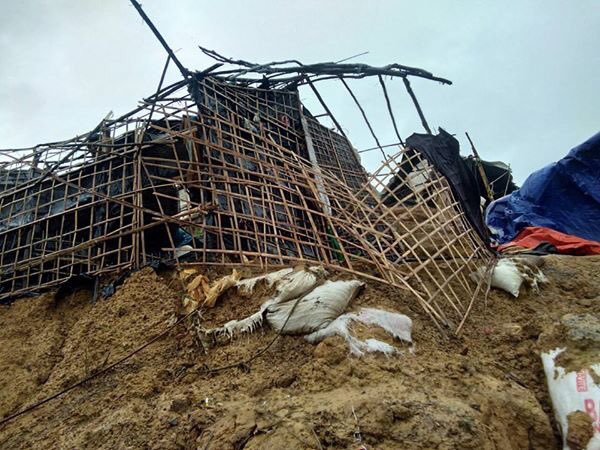
"Just brace ourselves. And pray!" Five consecutive heavy raining days in the world's largest makeshift camps. What Rohingya refugees worried for is happening now before our eyes. Landslides, flood, destroyed shelter #SaveTheRohingya: image via Ro Mayyu Ali @AliMayyu, 12 June 2018
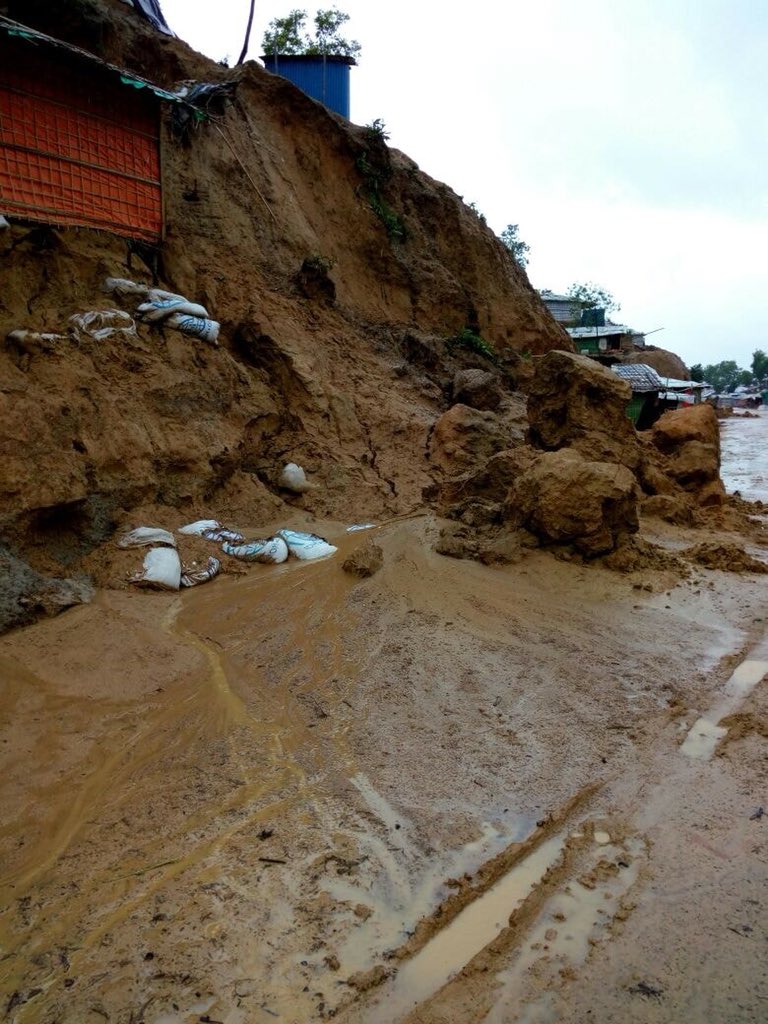
"Just brace ourselves. And pray!" Five consecutive heavy raining days in the world's largest makeshift camps. What Rohingya refugees worried for is happening now before our eyes. Landslides, flood, destroyed shelter #SaveTheRohingya: image via Ro Mayyu Ali @AliMayyu, 12 June 2018
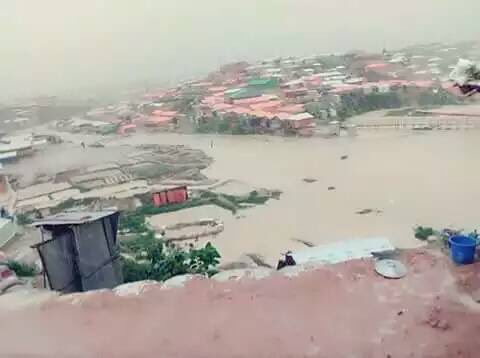
"Just brace ourselves. And pray!" Five consecutive heavy raining days in the world's largest makeshift camps. What Rohingya refugees worried for is happening now before our eyes. Landslides, flood, destroyed shelter #SaveTheRohingya: image via Ro Mayyu Ali @AliMayyu, 12 June 2018
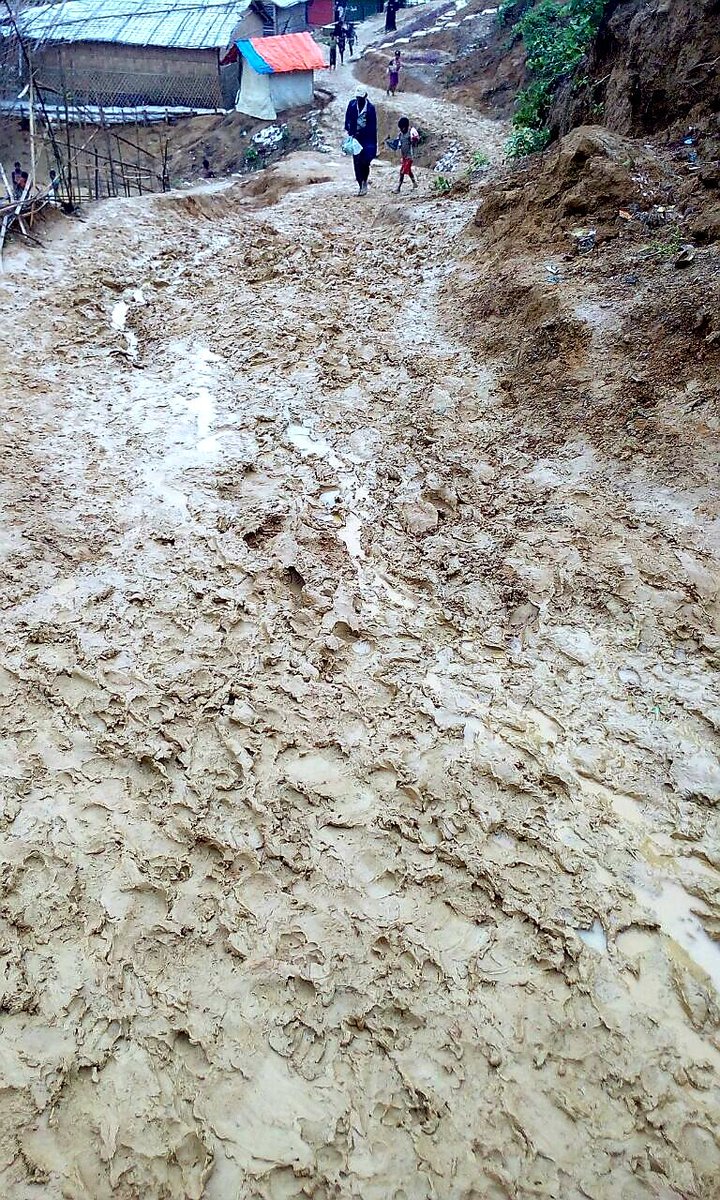
Terrible conditions of the #Rohingya refugee camps in Bangladesh: monsoons and rain!!!: image via Alberto Quattruchi @Alberto4ucci, 12 June 2018
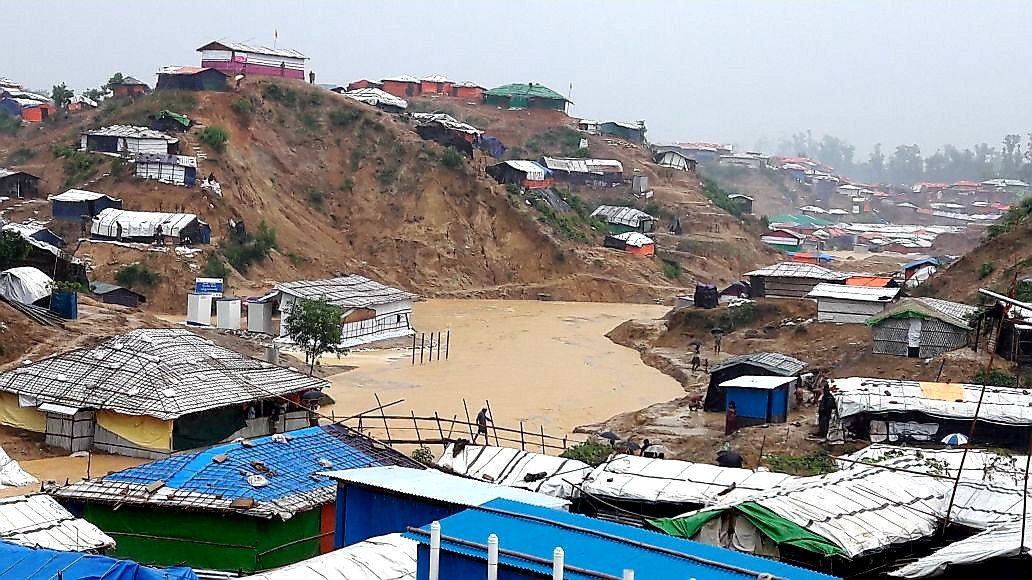
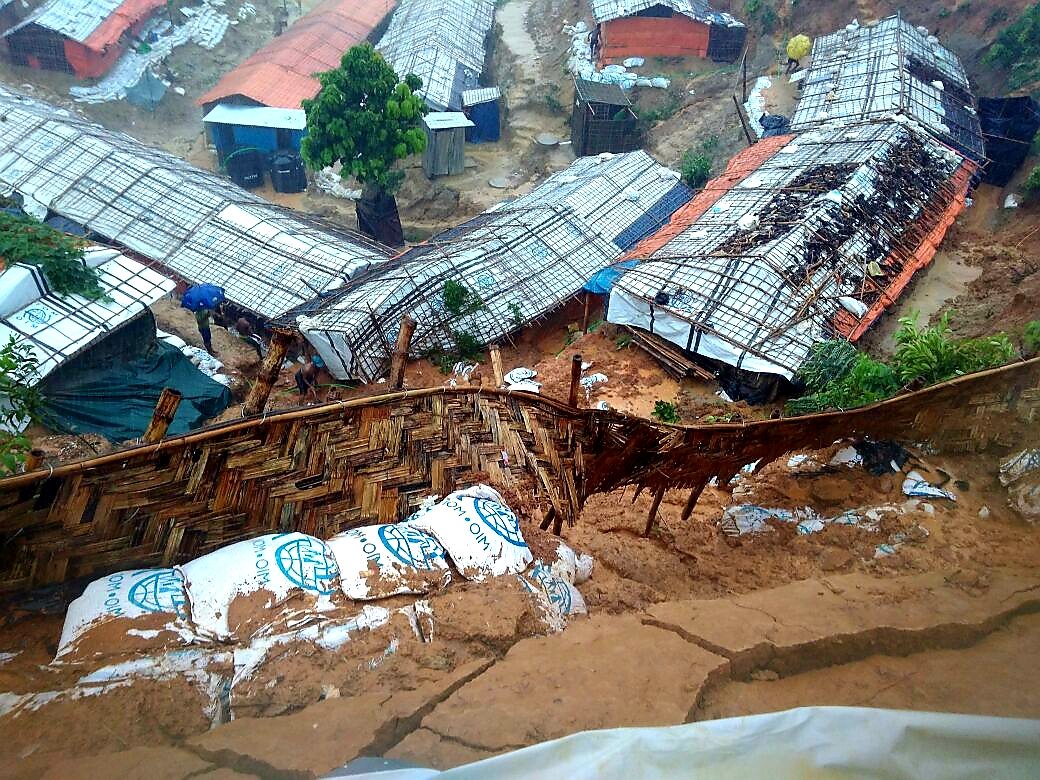
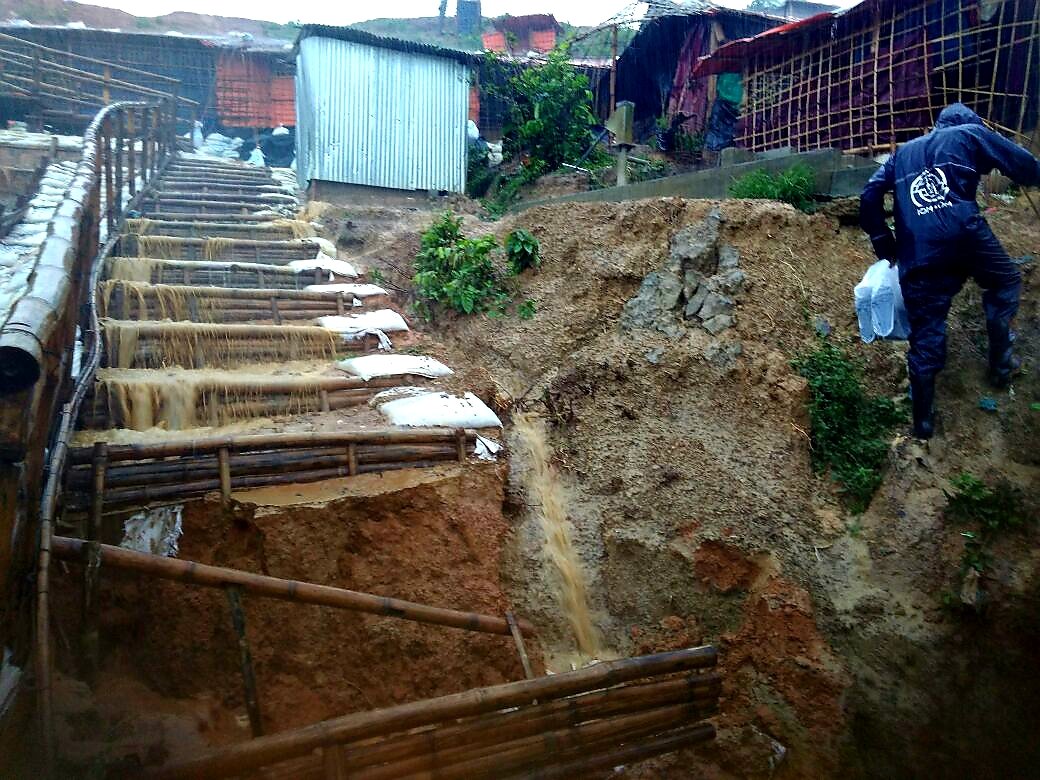
Terrible conditions of the #Rohingya refugee camps in Bangladesh: monsoons and rain!!!: image via Alberto Quattruchi @Alberto4ucci, 12 June 2018
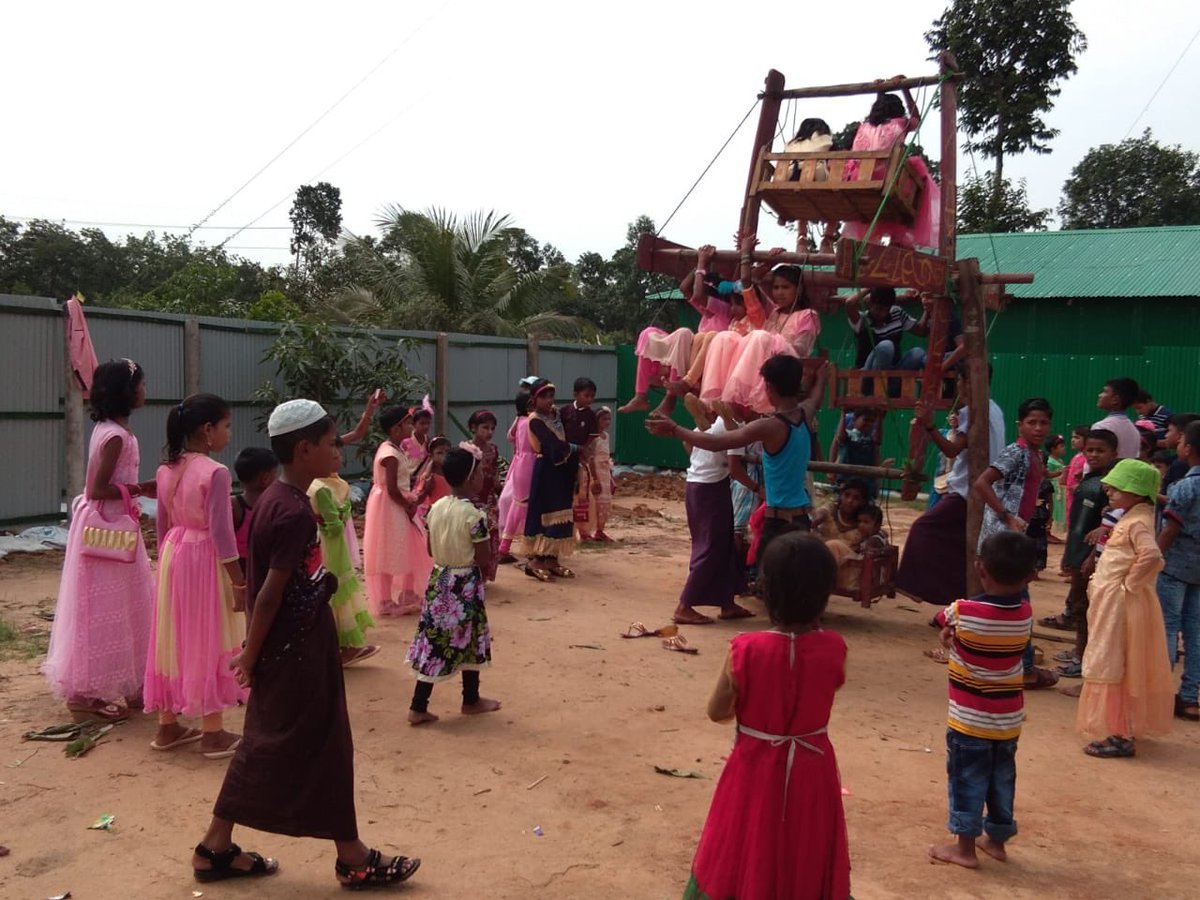
#Rohingya children enjoying #EidAlFitr day in the camps in #Bangladesh today.: image via Ro Nay San Lwin @nslwn, 15 June 2018
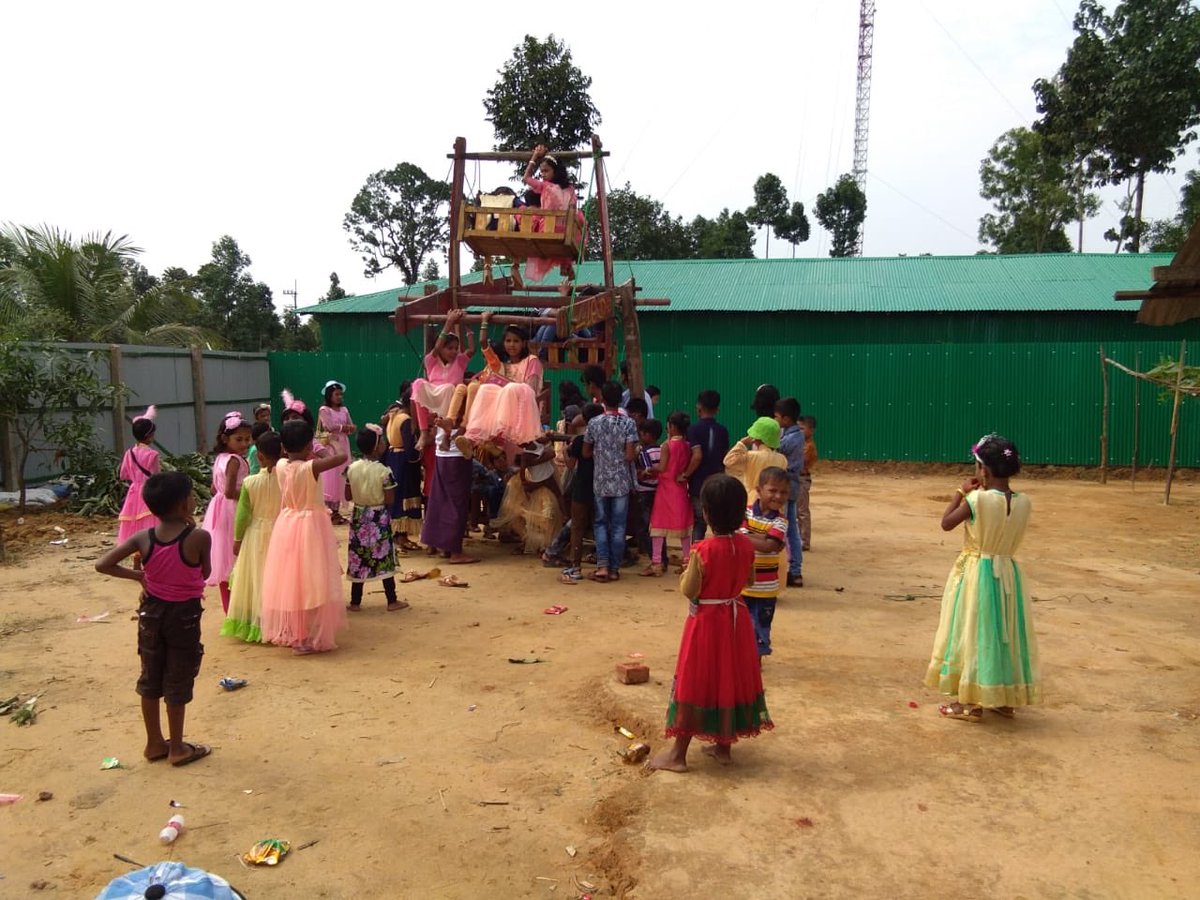
#Rohingya children enjoying #EidAlFitr day in the camps in #Bangladesh today.: image via Ro Nay San Lwin @nslwn, 15 June 2018
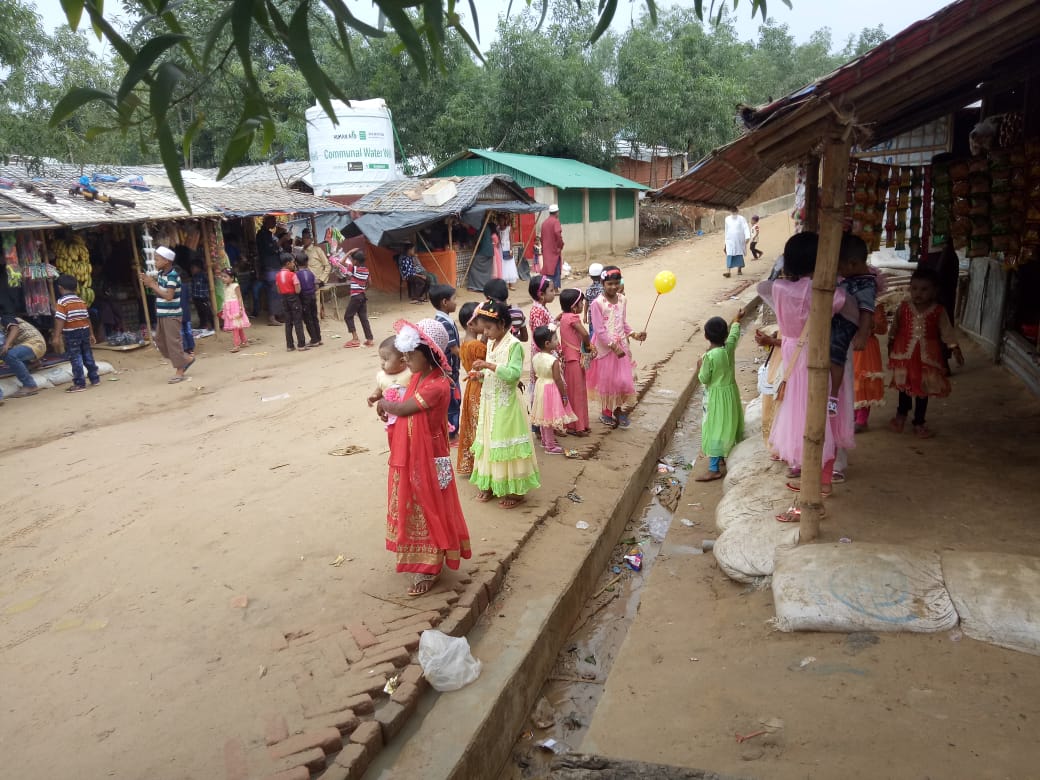
#Rohingya children celebrating #EidAlFitr in the camps in #Bangladesh today.: image via Ro Nay San Lwin @nslwn, 15 June 2018
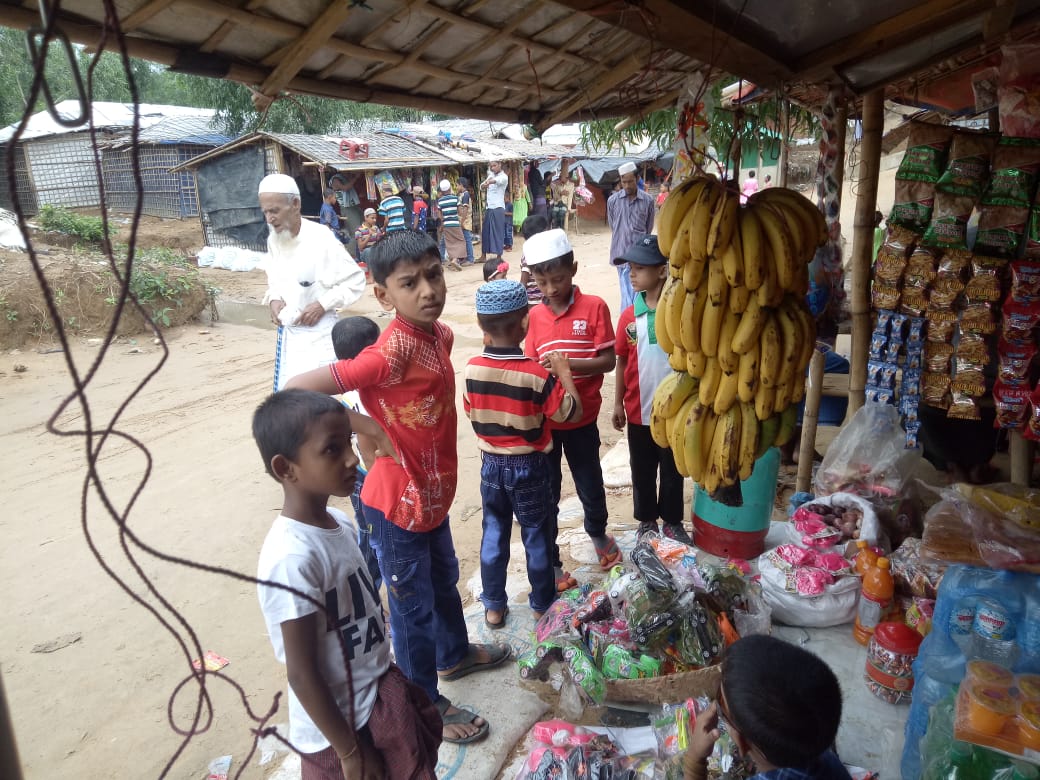
#Rohingya children celebrating #EidAlFitr in the camps in #Bangladesh today.: image via Ro Nay San Lwin @nslwn, 15 June 2018
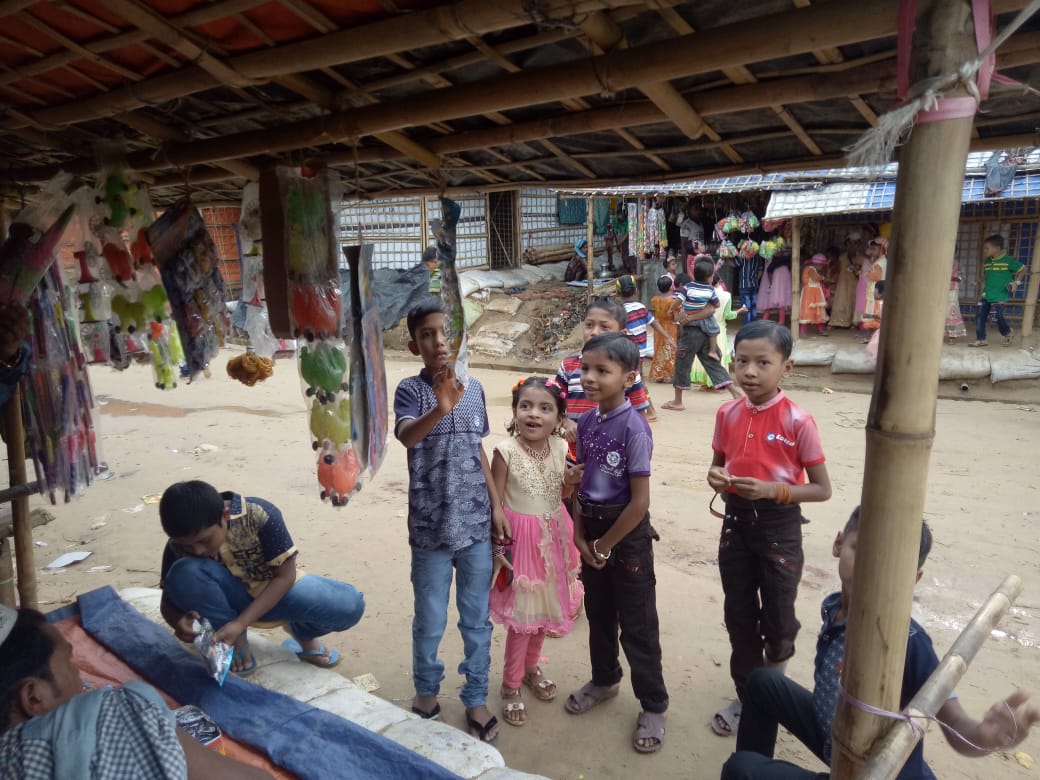
#Rohingya children celebrating #EidAlFitr in the camps in #Bangladesh today.: image via Ro Nay San Lwin @nslwn, 15 June 2018
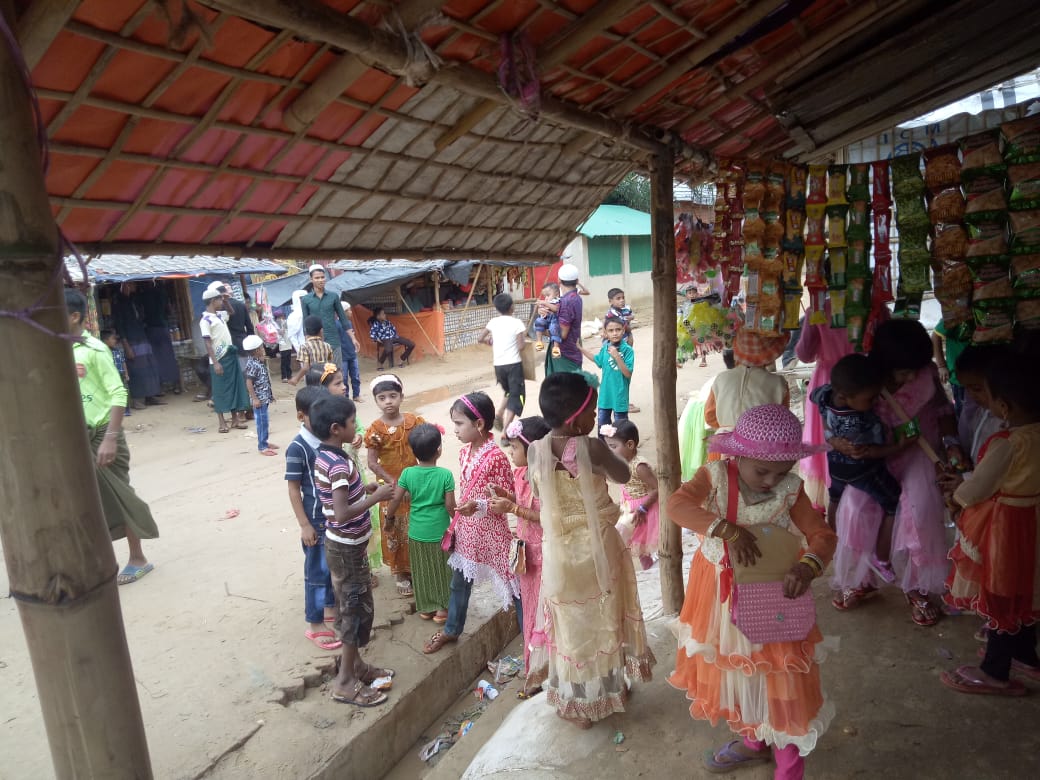
#Rohingya children celebrating #EidAlFitr in the camps in #Bangladesh today.: image via Ro Nay San Lwin @nslwn, 15 June 2018
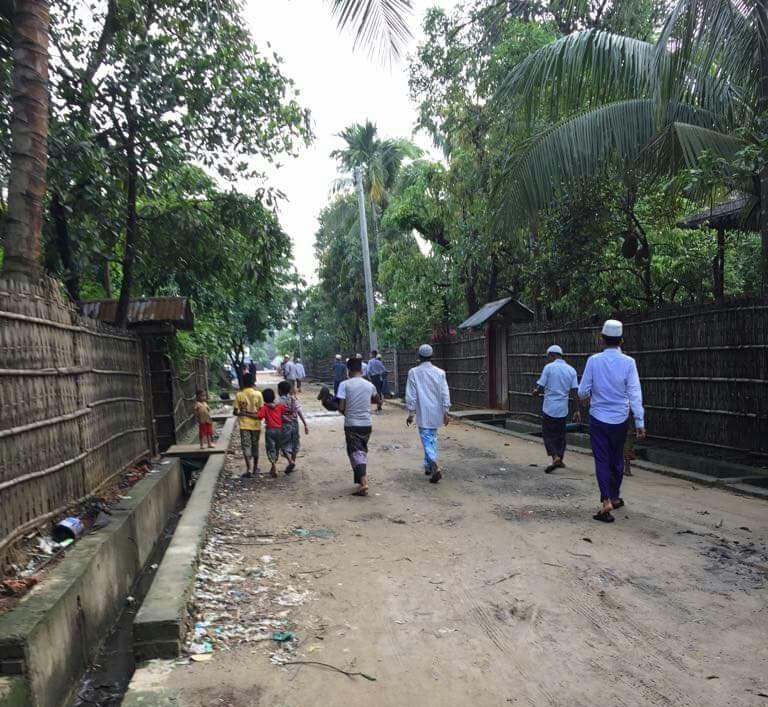
Sickening! Eid Namaz prayer banned by Township Administration in #Buthidaung. We are ordered not to pray even in our homes. Police have been rounding the town. At some places, #Rohingyas are praying secretly in their homes. Anyway... #EidMubarak from NRS #Eid Mubarak #Ros in BGD.: image via Chan Min Maung @chanminmg, 15 June 2018
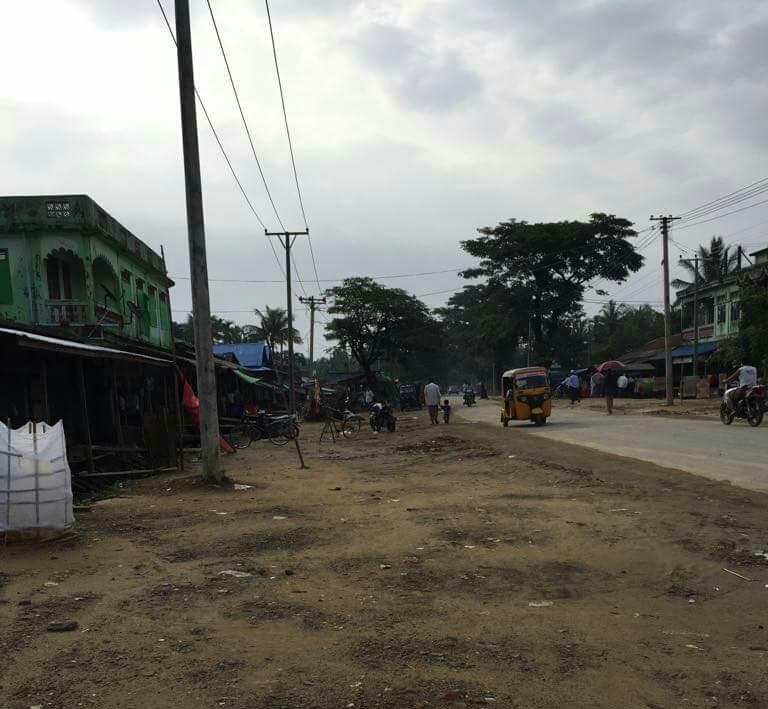
Sickening! Eid Namaz prayer banned by Township Administration in #Buthidaung. We are ordered not to pray even in our homes. Police have been rounding the town. At some places, #Rohingyas are praying secretly in their homes. Anyway... #EidMubarak from NRS #Eid Mubarak #Ros in BGD.: image via Chan Min Maung @chanminmg, 15 June 2018

IMG_3364 [Dhaka]: photo by Rubayet Tanim, 16 June 2018

IMG_3364 [Dhaka]: photo by Rubayet Tanim, 16 June 2018
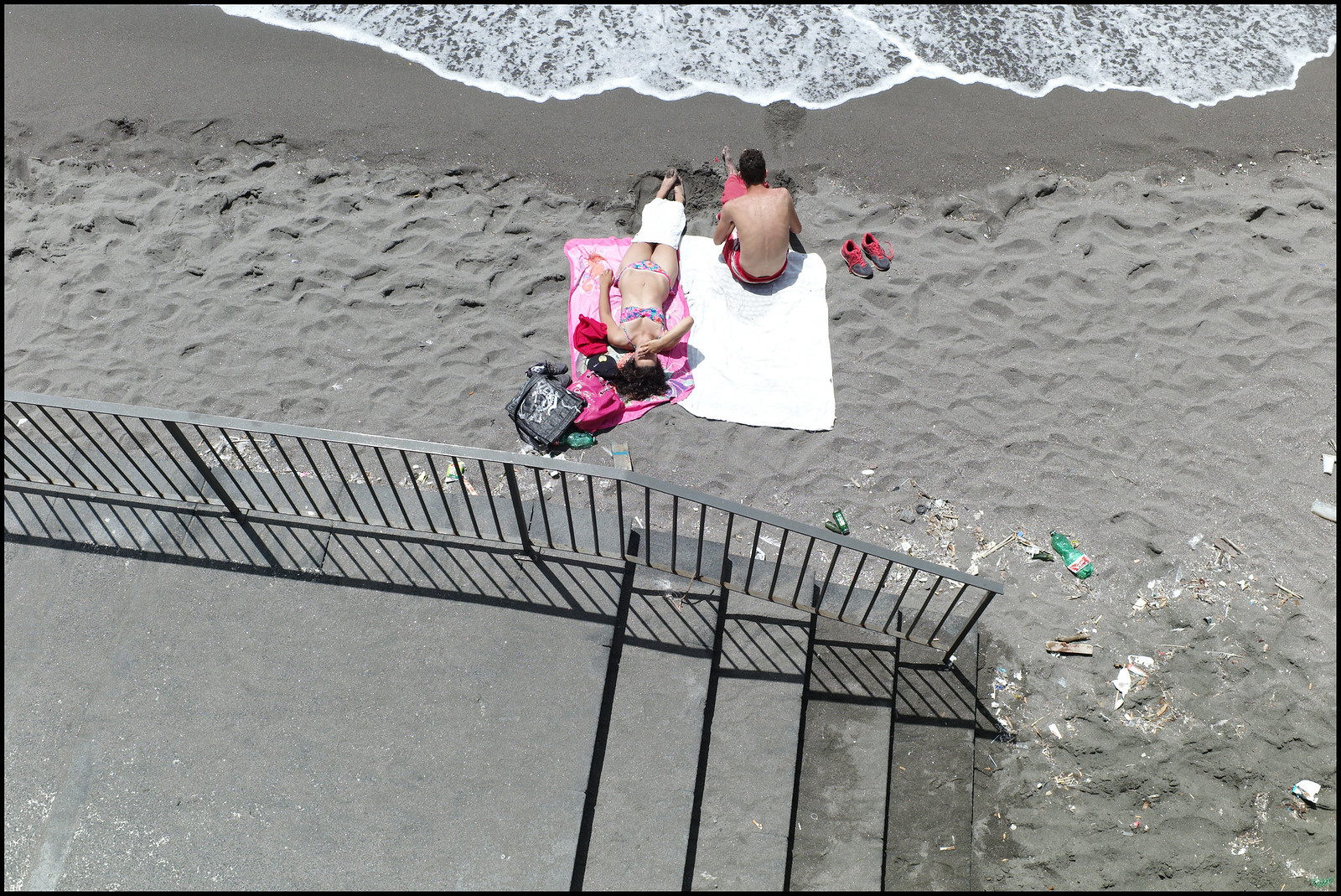
(On the Fly) [Meta, Campania, Italy]: photo by Robbie McIntosh, 9 June 2018

(On the Fly) [Meta, Campania, Italy]: photo by Robbie McIntosh, 9 June 2018

(On the Fly) [Meta, Campania, Italy]: photo by Robbie McIntosh, 9 June 2018
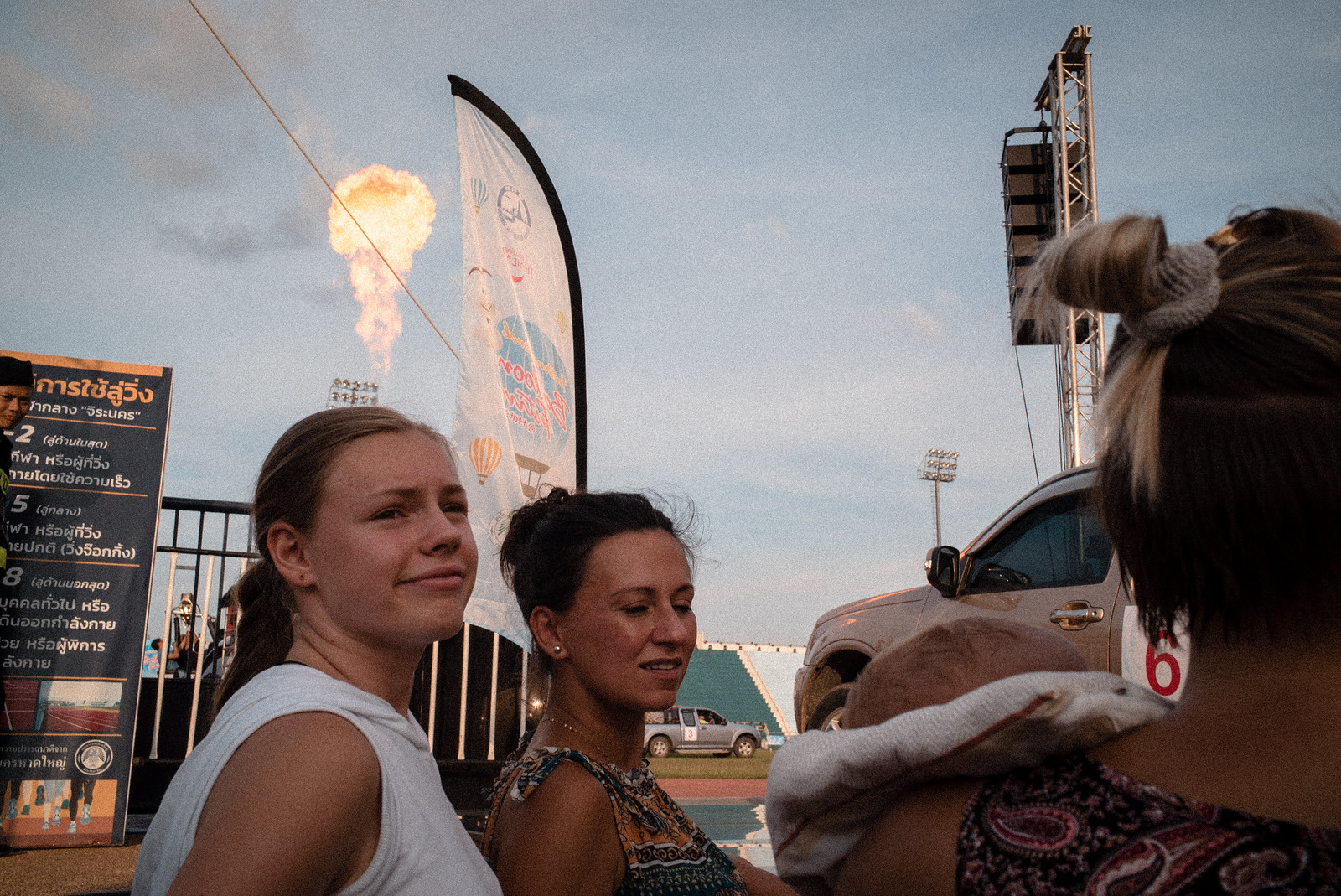
International Balloon Festival Chiropractic Stadium, Songkhla, Hat Yai, Thailand: photo by Sakulchai Sikitikul, 12 May 2018

International Balloon Festival Chiropractic Stadium, Songkhla, Hat Yai, Thailand: photo by Sakulchai Sikitikul, 12 May 2018

International Balloon Festival Chiropractic Stadium, Songkhla, Hat Yai, Thailand: photo by Sakulchai Sikitikul, 12 May 2018
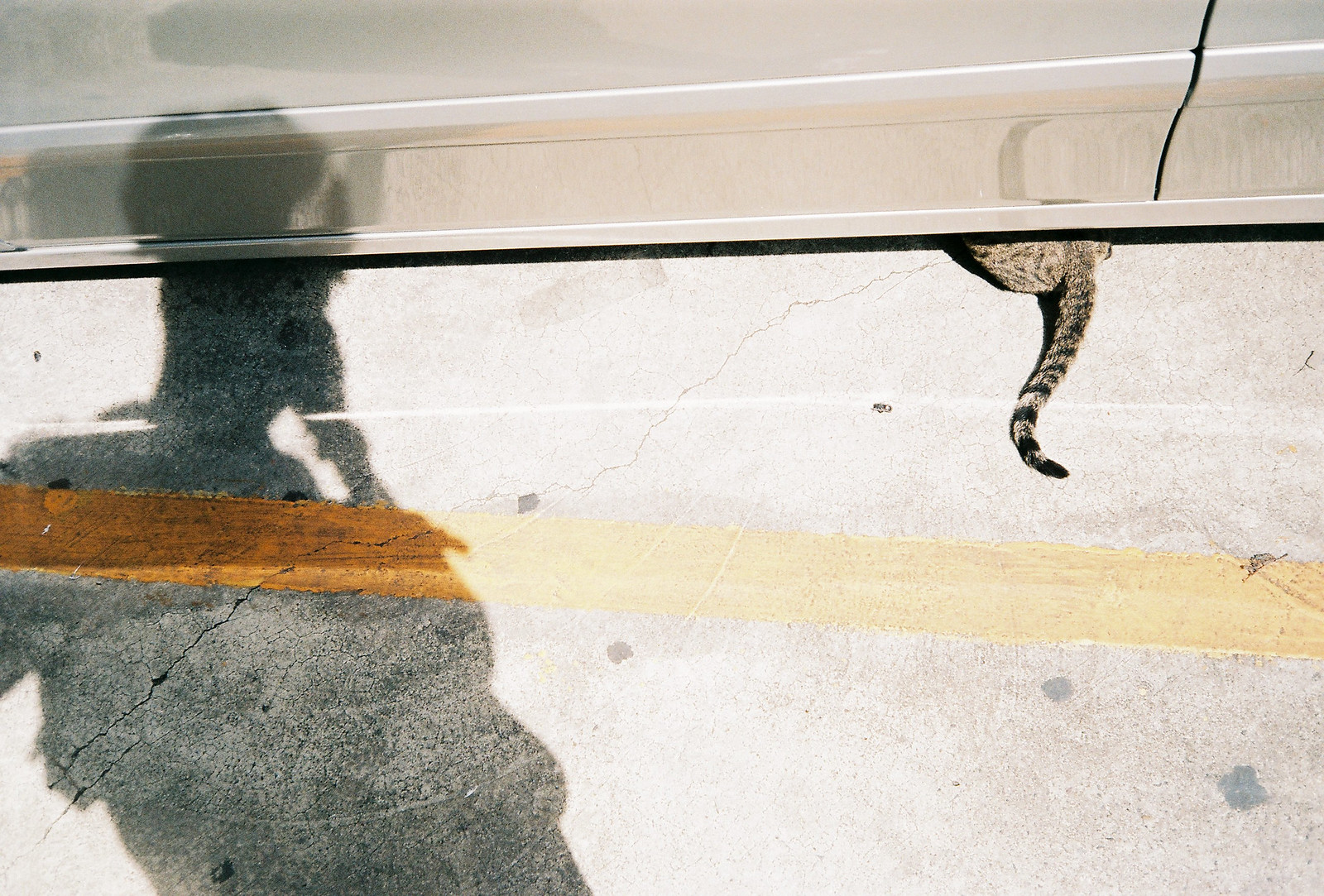
000001: photo by Kanin Eiam, 29 November 2006

000001: photo by Kanin Eiam, 29 November 2006

000001: photo by Kanin Eiam, 29 November 2006
JH Almeida: DEVELOPMENT (Lines composed near the polling station)
don't forget to do what you want
You may die today. Remember
Preachers, despicable they say and drummers drumming
in Union Square
Woman: "It's the Chinese!" and that makes perfect sense to
Mr Rogers
but she wasn't in felt shoes and hats like Britney
and this is where it all begins, around the corner
where Buffy slays
Bob Blasphemy, but where is Beauty?: thy great tree felled
by Booming Boobs! rough transcription TC, 15 June 2018
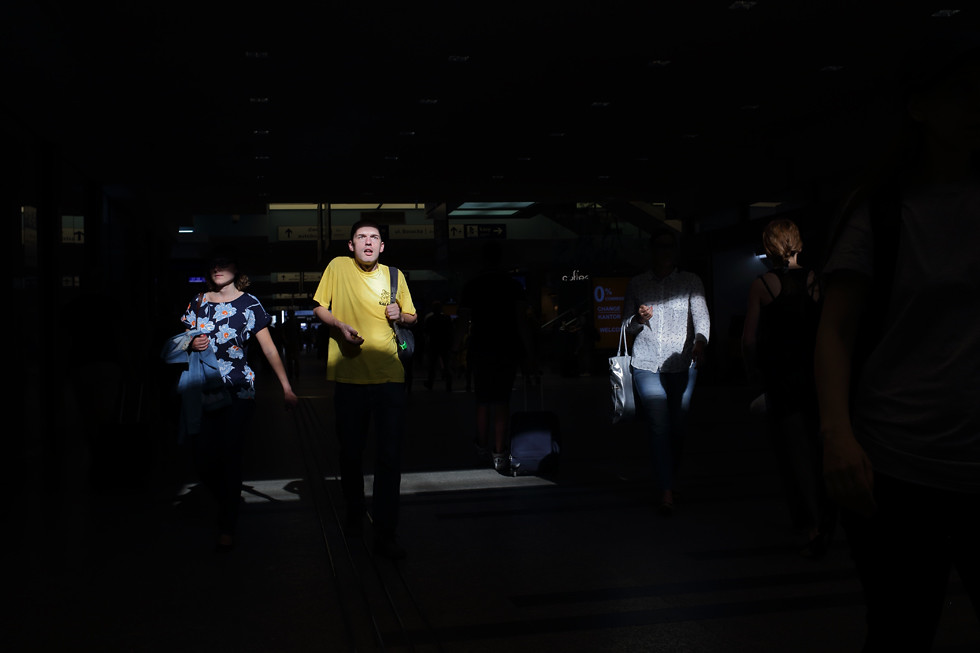
Untitled: photo by Janusz Mars, 10 May 2018



2 comments:
Eid prayers in Small Heath Park saw around 70,000 people attend.
The brightness of the rohingya girls' dresses were something to see, just too frail.
Randy Newman, Louisiana 1927
Duncan,
Everything the Rohingya have shown us of their culture, beliefs, family structure and resilience as a people has been a great gift to us, though giving us this stirring image has alas done nothing to alleviate the sufferings which continue to come to them.
What can we do but witness.
A. looked at the pix and like me was put in mind of our years living in cheap low lying housing on an unpaved road in a flood prone district with mire and washout a familiar winter condition. But we were escapees not refugees. Small but large difference.
The Mississippi delta and the Bay of Bengal have much in common when it comes to periodic flooding, as also do politicians in all times and places, as Randy reminds.
Post a Comment